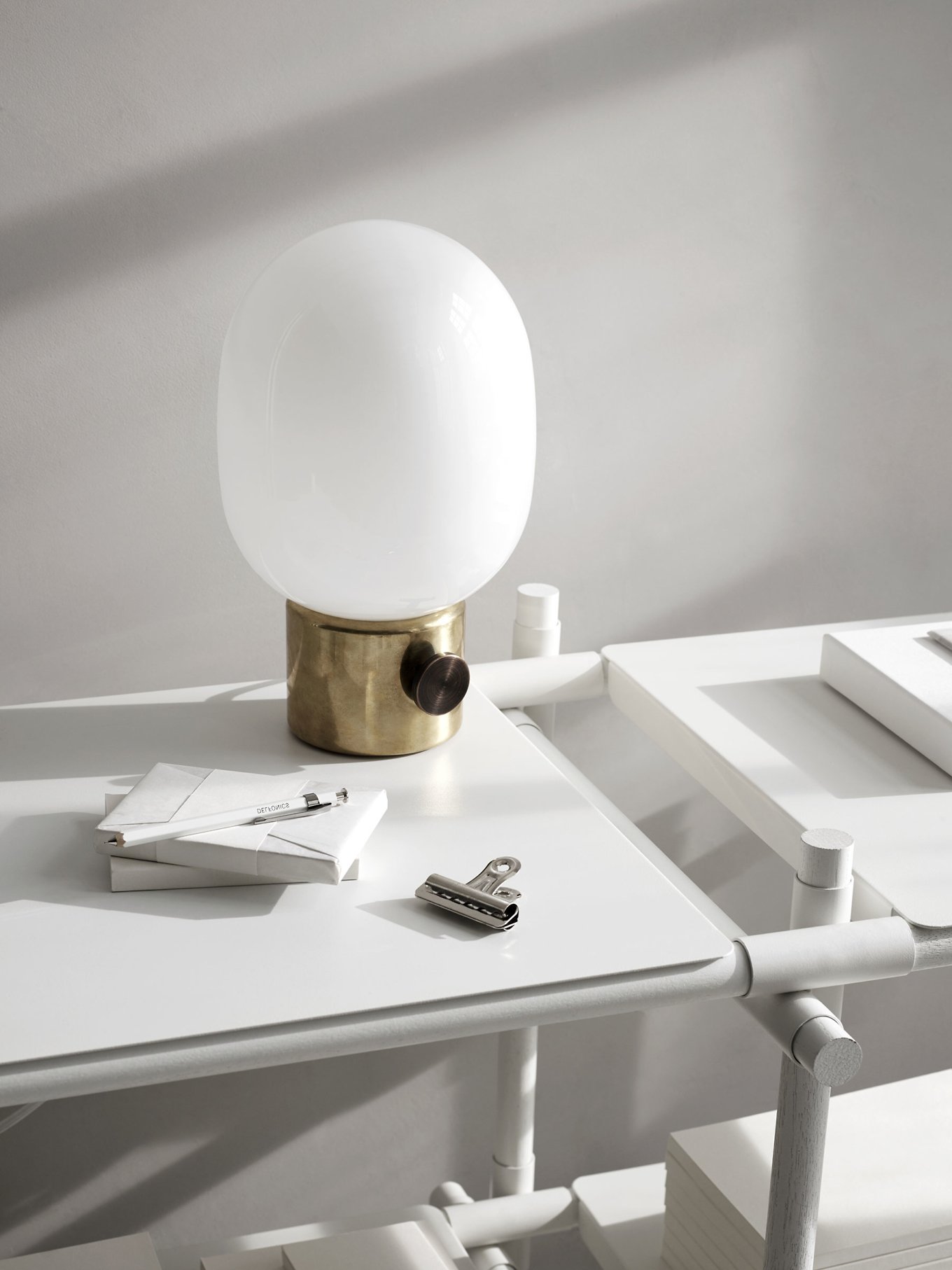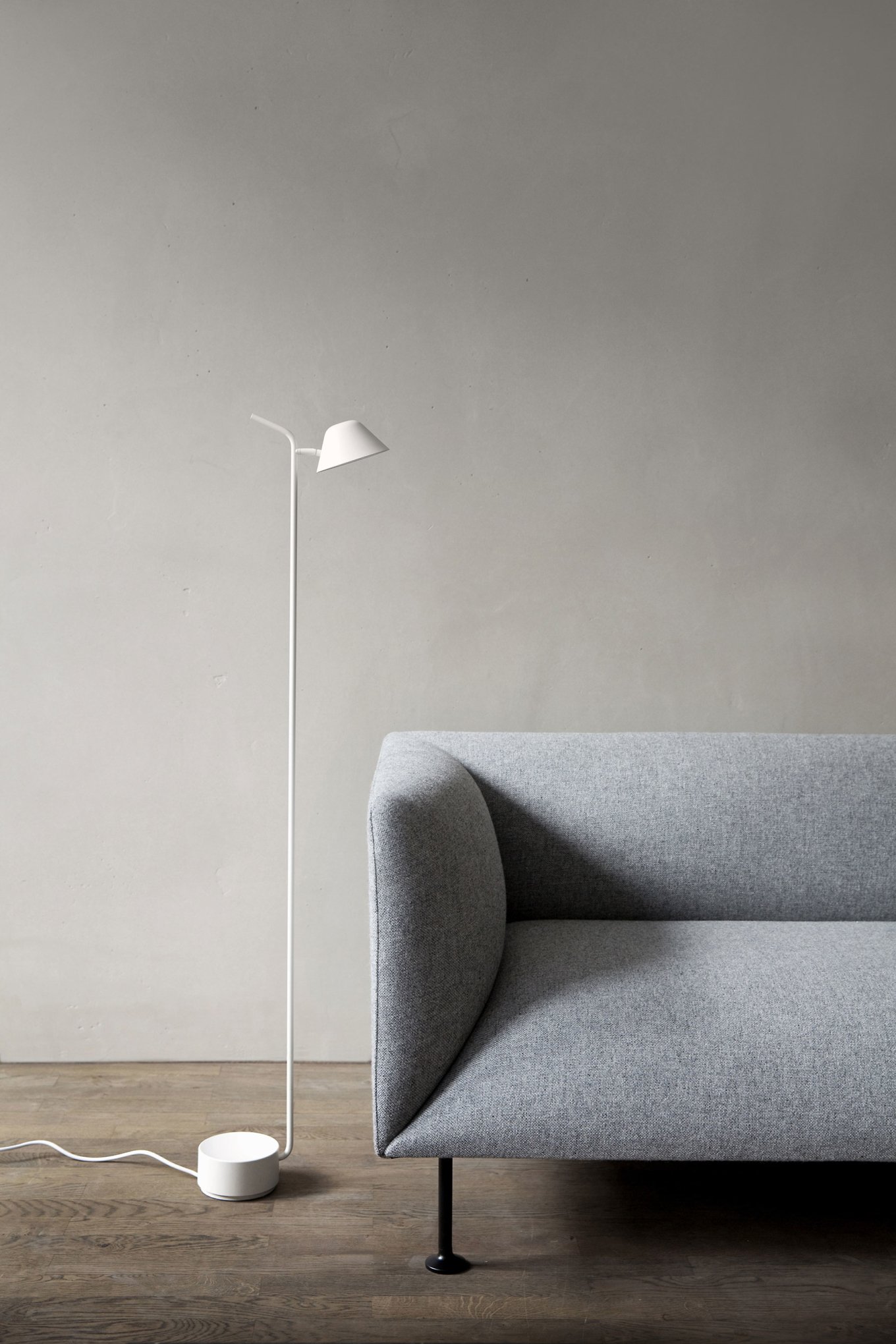For a small nation, Sweden is a big hitter in many arenas: music (Eurovision, ABBA), global business (IKEA, H&M), happiness rankings, socialism and the environment. Sweden is too a seasoned design nation and part of the revered Scandinavian design scene. IKEA aside, Sweden owes its flourishing design success to the many small-scale creative ventures whose designers embrace craft, innovation, beauty, integrity and sustainability: designers such as Ola Giertz (recently featured on ‘Behind the Design’) and Jonas Wagell.
More Behind the Design

Jonas Wagell is a Swedish architect and designer with a background in graphic design and seven years of working in strategic project management and communication. Yet in spite of his success in this area, Wagell returned to school, choosing to study Interior Architecture & Furniture Design (2002–2007) at Konstfack—University College of Arts, Crafts and Design—in Stockholm. In 2008, Wallpaper* magazine included Wagell in its list of ‘the world’s 50 hottest young architects’ (for the prefabricated Mini House). Nowadays, Wagell’s studio is best known for its creative, smart and winning product, furniture and lighting designs.

Jonas Wagell’s approach to design is exploratory, playful and studied. His work, though minimal in form and execution, is colourful and filled with character. Increasingly in demand, Wagell maintains an international roster of clients. Recent standout projects include: the Jonas Sofa Collection for Design Within Reach (USA), the Wander Light for From the Bay (Taiwan) and the JWDA Metallic Lamp for Menu (Denmark).
Gessato gets behind the design with Jonas Wagell.
Describe yourself in five words.
Happy, form-focused, hardworking, organised, restless.
What makes a good designer?
In my opinion, three things should work together: a good eye for form and proportions, a personal and original expression, and, not least, the ability to communicate one’s work.
The Jonas Sofa Collection for Design Within Reach is both elegant and expressive. How do you approach the design of an object whose function and being is already available in countless other forms?
Five years ago, I would simply try to create something new, playful and exciting. Today, with experience, I believe my work has matured and I’m more careful with and respectful of how it is expressed. I want to create products that work in the long run—timelessness has become a greater concern. With the Jonas Sofa, comfort was the highest priority. It should be great to sit on, and appear inviting and comfortable, without becoming bulky and heavy. This required lots of tweaking with proportions and consideration of structural parts. To create a unique detail, we added a thin and elegant leg frame that was, to some extent, inspired by classicism.
There is a certain playful nature to your work, manifested in designs such as the Cloud Pendant for Bsweden, the Bulky Tea Set for Muuto, the Flag Candlestick and Happy Whale for Normann Copenhagen. What inspires you to create such objects?
My work is often described as playful, but my approach has always been based on a type of minimalism. I believe the concept of minimalism is often confused and misconceived as something raw, cold and soulless. In my opinion, it’s about reducing the unnecessary in order to enhance the essential, such as a character or function—it’s like reducing a sauce to intensify the flavour. In my work, this is often expressed by enhancing a detail or tweaking proportions to create something new and unexpected.
You mentioned in a recent interview (for ZUI Inc. China), that ‘technology can create great functionality and provide [the] solution for good design, but technical products almost always disappoint [you] aesthetically.’ In what ways do you feel technology will help or hinder the development of good, sustainable design in the future?
Unfortunately, I don’t think ‘technical products’, such as consumer electronics and more, will ever be sustainable due to their rapid development. Perhaps we need to accept this and focus on creating solutions for recycling with minimum waste. On the other hand, technology in manufacturing and development will no doubt create new possibilities and opportunities. 3D printing is an example, although I don’t believe we’ll be printing cheap furniture for the home anytime soon—it’s just a little too primitive as an application. Instead, look at the New York-based company OTHR. With 3D printing in metal powder and porcelain, they create unique products in the borderland between functional items and gallery objects, presenting functional art pieces in numbered series.
JWDA was founded in 2008. What do you enjoy most about having your own studio?
In one word: freedom.
In what often appears to be a crowded Scandinavian design market, how do you maintain a visible presence?
With time and practice I believe I’ve developed a certain personal expression and confident approach to the design process. With new projects and clients, I try to rely on my instincts and think less about visible presence. However, I’m fortunate to work with great clients who excel in this regard and that’s obviously helpful.
What advice do you have for young designers—Swedish or otherwise—who are just beginning their journey?
Three things: (1) Be specific and find your passion. It’s fun to work with graphics, photography, architecture and product design, but it will take you much longer to develop, get experience and practice. (2) Work with your hands and build stuff. You can’t be a designer without understanding how things work. Mock-ups and prototypes are key. (3) The fastest way to grow and get experience is to work side by side with someone whose work you admire and respect. Reach out to your favourite designers and try to get an internship.
Where do you seek and find your creative inspiration?
I find inspiration in many things not immediately connected to design, like food, travelling and music. Essentially, inspiration is not something straightforward, but rather an abstract force that generates creative mood, ambition and drive. More directly, I’m deeply fascinated by craftsmanship and industrial manufacturing. I find the process of refinement very inspirational: how a simple piece of wood or plastic can take on a form which then influences our emotions and affections. In fact, this can be applied to many creative expressions, such as photography, painting or cooking. It’s the essence of design for me.
JWDA will celebrate its tenth birthday next year. What are you especially proud of?
Looking back, I’m happy that many of my early products are still on the market and selling fairly well. Some have even grown more successful in the last few years. But ultimately, I feel proud that the studio is getting such good recognition, and we are receiving more and more requests from exciting new clients around the world.





